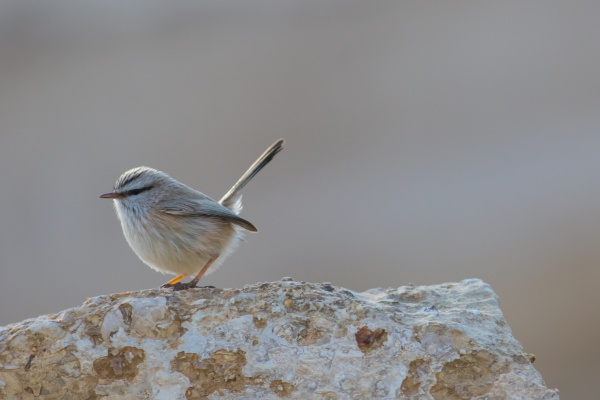Facts About Streaked scrub warbler
The streaked scrub warbler is a small bird native to the deserts of Africa and southwestern Asia. Typically found in areas with sparse vegetation such as desert fringes, scrubby lands, ravines, and gorges, this bird may slightly move around outside of the breeding season but generally remains sedentary.
This warbler is quite distinctive with its grey-brown feathers streaked with dark brown on the back, a pale stripe above its eyes called a supercilium, and a thin black line running through its eyes. If you ever hear a bird singing "zit-zit dweedle-doolredle-doleed" it's likely the streaked scrub warbler.
The bird thrives in open desert areas with some bushes, wadi beds, and scree zones where vegetation grows in ravines and gorges. There are eight subspecies of the streaked scrub warbler, each found in distinct regions, including Morocco, Algeria, Egypt, Israel, Saudi Arabia, Iran, and Afghanistan.
When nesting, the streaked scrub warbler constructs cozy, domed nests out of grass and twigs, lining them with feathers, fur, and plant down. Its diet primarily consists of insects, but it also consumes seeds, particularly during the winter months. Fortunately, this bird is relatively stable, with its population considered steady or only slightly declining. Consequently, it is classified as "least concern" by the International Union for Conservation of Nature.
Previously considered part of the Cisticolidae family, the streaked scrub warbler is now classified in its own family, Scotocercidae, following recent taxonomic revisions. Some experts are also considering splitting the streaked scrub warbler into two distinct species: the Saharan scrub warbler and the Levant scrub warbler.

 Kyrgyzstan
Kyrgyzstan